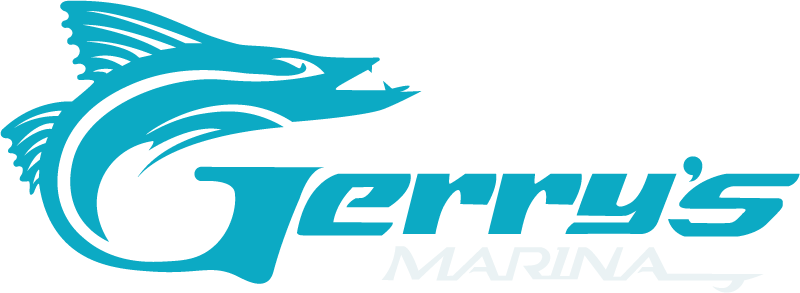Rough water can make operating any boat difficult. While heavier boats and boats offering a hull with a deeper V are more stable in choppy seas and a more powerful engine will often help you muscle through building wave heights, a lighter boat may be easier to maneuver when seas start getting rough.
Regardless of what type of boat you have, what should you do when the water starts to get rough? First you want to slow down while maintaining enough power to adequately steer. Also, setting your trim properly can enable your boat to remain higher in the water. You don’t want the waves to hit the side of your boat, nor do you really want to take them directly head-on. Ideally, you want waves to hit a little starboard or port on your bow. Beware of running with waves because as they raise at your stern, they can diminish your steering power. Worse yet, waves overtaking your boat from the rear can cause your bow to go under and subsequent flooding or even flipping, especially with lighter boats.
Then there are shallow water waves caused by conditions surrounding the shoreline you need to watch out for, such as building wave heights from an incoming storm that are butting up against an outgoing tide. You definitely want to try to avoid this situation if you can.
Whatever you do, always, for safety’s sake, check the weather report prior to heading out in your boat, always remain aware of sudden wind changes while keeping an eye to the sky and, if you do run into rough waves, it is always a good idea to ask your passengers to put their lifejackets on while you head safely to shore.


